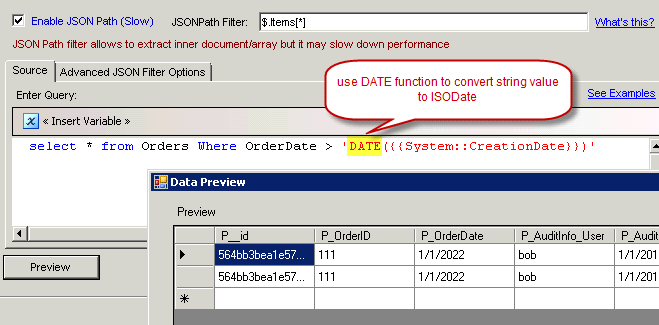
It is similar to the timestamp format with the difference that instead of seconds, Date.parse() returns a milliseconds value. It converts the parsed date to a number representing the milliseconds that have passed since midnight time. Hence it will require further processing if you expect a date object. It returns a numeric value instead of a date object. Use the Date.parse() Function to Convert String to Date in JavaScriptĭate.parse() is an alternate option to convert the string date. In case we are using a value passed from the backend via API for conversion, we should make sure that the format passed is as understood by the new Date() function, and it is good to have a check that new Date() returns a valid date object.

#Convert string to date javascript iso#
new Date() can be used to convert the string into a date only if it qualifies the ISO 8601 format YYYY-MM-DD hh:mm:ss.If we have a different string format that does not conform to ISO 8601 standards, the new Date() will not be able to parse the date and will return as an Invalid date. The new Date() function can process strings in the format YYYY-MM-DD or YYYY/MM/DD. Sat 00:00:00 GMT+0530 (India Standard Time)Īs you see from the above examples, the only accepted string format for the date is 2021-05-/2/29.
#Convert string to date javascript code#
For example, refer to the code as follows: Other date formats may not be converted to a date object by this method. The string format needs to be YYYY-MM-DD, the ISO 8601 format, for it to work. When we pass a date in string format to the new Date(), it is converted into a date object. The most interesting part of the new Date('') function is that it can convert a date passed in a string format as an argument into a date format. The new Date() will return a date object as depicted by the date string passed as an argument. new Date() will return the current system date and time, including the timezone information in the local system time, if no parameter is passed to the new Date() function. new Date() takes arguments in various forms described below but returns a date object. localization), use toUTCString().The most commonly used way to convert a string to date is with the new Date() function. If you want to format the date in a more user-friendly format (e.g.If you want to make the date interpreted as UTC instead of local timezone, use toUTCString().If you only want to get the time part, use toTimeString().If you only want to get the date part, use toDateString().If the this value does not inherit from Date.prototype, a TypeError is thrown. For example: "Thu 00:00:00 GMT+0000 (Coordinated Universal Time)".ĭ() must be called on Date instances. () returns a string representation of the Date as interpreted in the local timezone, containing both the date and the time - it joins the string representation specified in toDateString() and toTimeString() together, adding a space in between. The Date object overrides the toString() method of Object.

However, still calls this.toString() internally. Because Date has a method, that method always takes priority over toString() when a Date object is implicitly coerced to a string. The toString() method is part of the type coercion protocol. Object.prototype._lookupSetter_() Deprecated.Object.prototype._lookupGetter_() Deprecated.Object.prototype._defineGetter_() Deprecated.


 0 kommentar(er)
0 kommentar(er)
